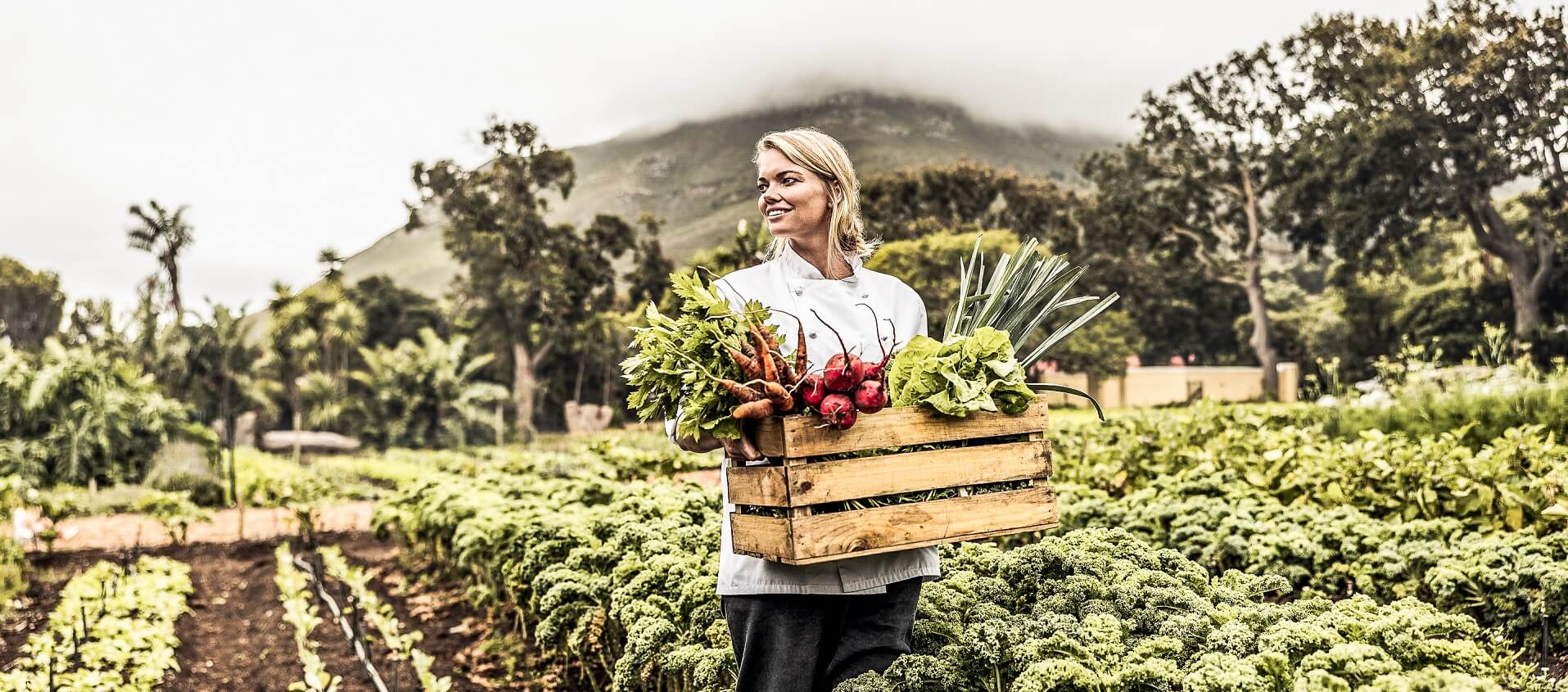Restauranteurs might not consider themselves to be agents of change at the forefront in the fight against the climate crisis, but perhaps they don’t realize how much consumers’ eating habits at home are dictated by their industry.
Therefore, if restauranteurs can get ahead of the curve and start running their businesses sustainably, the knock-on effects could be huge. Plus, it’s in the industry’s interest to stem the tide of climate change – restauranteurs are already noticing the effect hotter summers and reduced frosts are having on the quality and availability of certain produce.
So, with that in mind, here are eight ways to lead the charge for change and run your restaurant as sustainably as possible:
1) Locally sourced produce is the way to go
It’s simple – food grown or sourced from near your restaurant is going to have a lower carbon footprint than produce that doesn’t.
Local produce does not need to be shipped in carbon-guzzling jets, and the chain between it and the customer is much shorter, lending your business greater transparency. Schroeder advocates creating relationships with your vendors to better understand where your food is coming from and how it is produced.
Sieh dir diesen Beitrag auf Instagram an
Stephan Leuschner, director of ghost kitchens, culinary concepts and broadcast at Rational, agrees “Without any question that’s number one – wherever it’s possible, try to have short distances for your food.”
2) Eat seasonally
Eating regionally goes hand in hand with eating seasonally. “Besides the fact that seasonal food may be slightly cheaper [because] it’s local, it’s also tastier,” says Leuschner. “In my opinion, selling strawberries at Christmas should be forbidden, because it’s insane to sell products which are not naturally available at a certain time or date.”
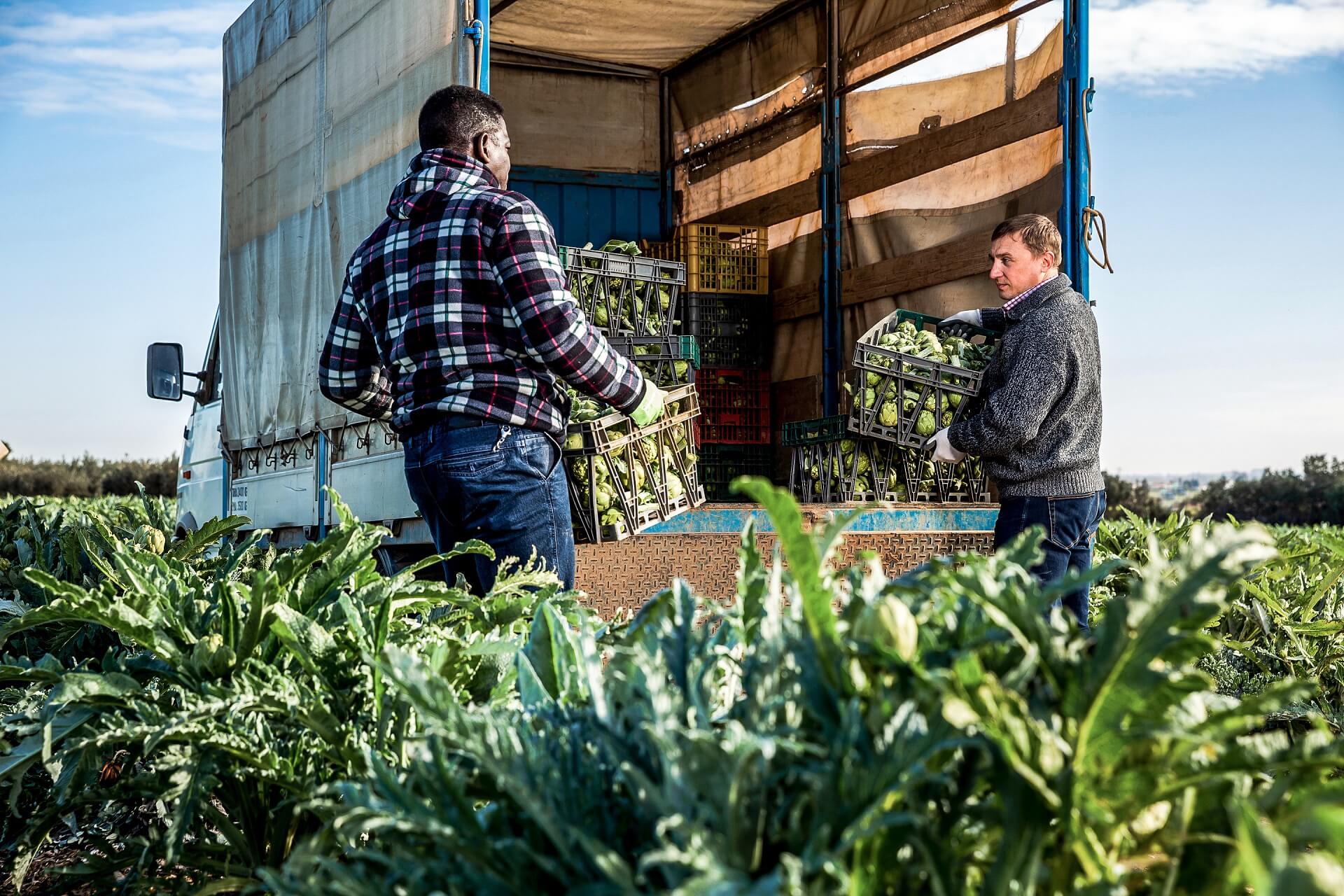
Image: AdobeStcok | JackF
Seasonal eating thus not only benefits the planet but leads to a better customer experience, with restaurant-goers able to enjoy a greater variety of better-quality produce. “Of course, lots of restaurants today cook international cuisine, but still, they also can be seasonal,” adds Leuschner
3) Monitor your waste
Restaurants can’t avoid producing waste, whether that is food or material. But there are some ways you can ensure garbage is disposed of in the most sustainable way possible. Schroeder suggests taking a look at the US Environmental Protection Agency’s EPA food pyramid to consider how your restaurant could be using composting, recycling, and food band donations to reduce waste to a minimum.
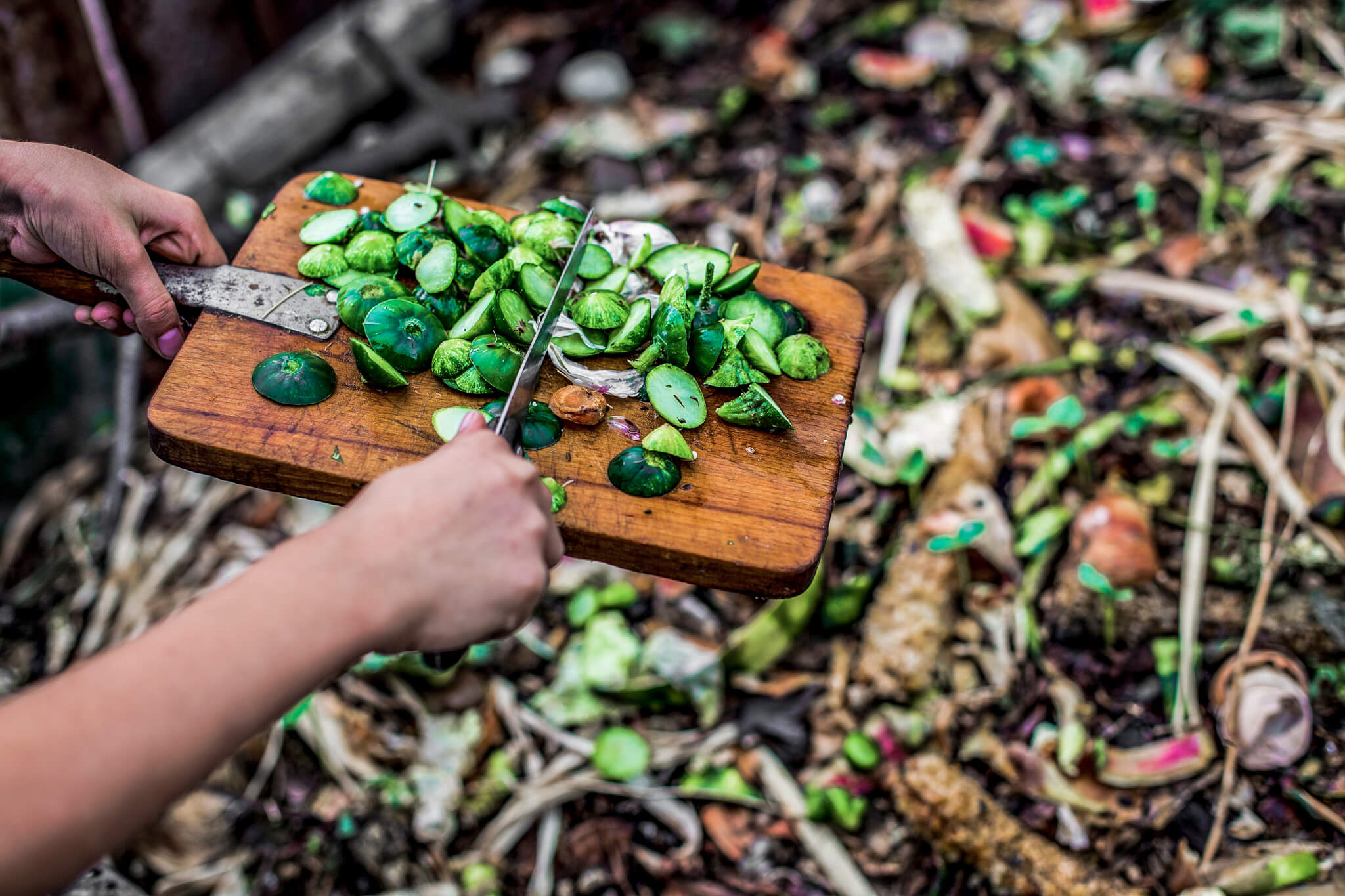
Image: AdobeStock | imray
“Learn how your waste provider separates waste,” she says, and switch to a greener provider if necessary. Water waste is often overlooked, but equally important to monitor. Not only is it the responsible thing to do, but hot water accounts for 30% of energy consumption in a commercial kitchen, meaning you could see a reduction in your energy bills as well.
4) Have a smart kitchen
Proper planning and efficient working are key to a sustainable kitchen, Leuschner believes. “When I was a young chef, we never really cared about the environment. You started to heat up your stoves in the morning and they were running 24/7 full speed, even if you only used them two hours a day.” Now, he says, the mindset is very different, advising that if your kitchen has a large appliance requiring lots of water and electricity, you turn it on for only one whole day a week rather than keeping it running all the time.
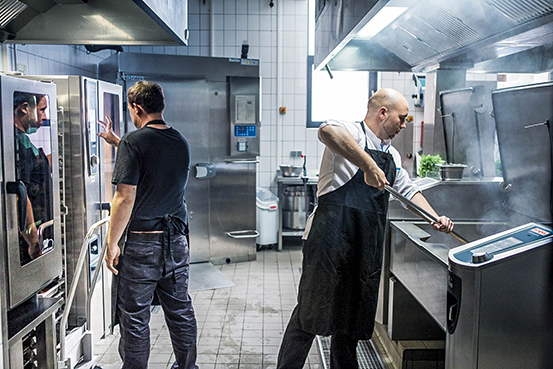
Image: Rational AG
5) Embrace new technology
Modern technology will not only ease your kitchen’s operations but reduce overall energy consumption. “Consider electric instead of gas to power equipment,” says Schroeder. If possible, ensure your electricity is generated from renewable sources.
Leuschner highlights that older refrigeration units “burn money” because their insulation is of lower quality and the equipment is inefficient. He also points out that, if your kitchen gets very hot, there might be no need for an electricity-fueled air conditioning unit. “If [you] used induction heating on the stoves, [you] would have way less heat in the room and maybe wouldn’t need additional cooling,” he says.
6) Meat is not always bad
Much of the conversation around the climate crisis revolves around the negative impact of meat production, and how we need to reduce our consumption of it in order to save the planet. “The problem is not the food, the problem is that we are demanding cheap protein, which is available everywhere anywhere in all sizes,” Leuschner explains.
To reduce costs, livestock are fed on soy and grains: producing these crops requires further deforestation and, because they are farmed products, doubles the resources required to fuel the meat industry. Restaurants can start undoing this problem by using local meat suppliers who raise their livestock sustainably.
Sieh dir diesen Beitrag auf Instagram an
This might mean meat-based dishes are more expensive, but this encourages more people to experiment with cheaper plant-based or ‘meatless’ dishes, no bad thing in itself. Schroeder says restaurants might want to consider drawing up a “plant-forward” menu which encourages customers to eat vegan or vegetarian without drastically limiting their choice.
7) Experiment with new produce
As a society, we have become so accustomed to perfect produce and prize cuts of meat that we forget that food can taste good no matter what it looks like or what part of the animal it comes from.
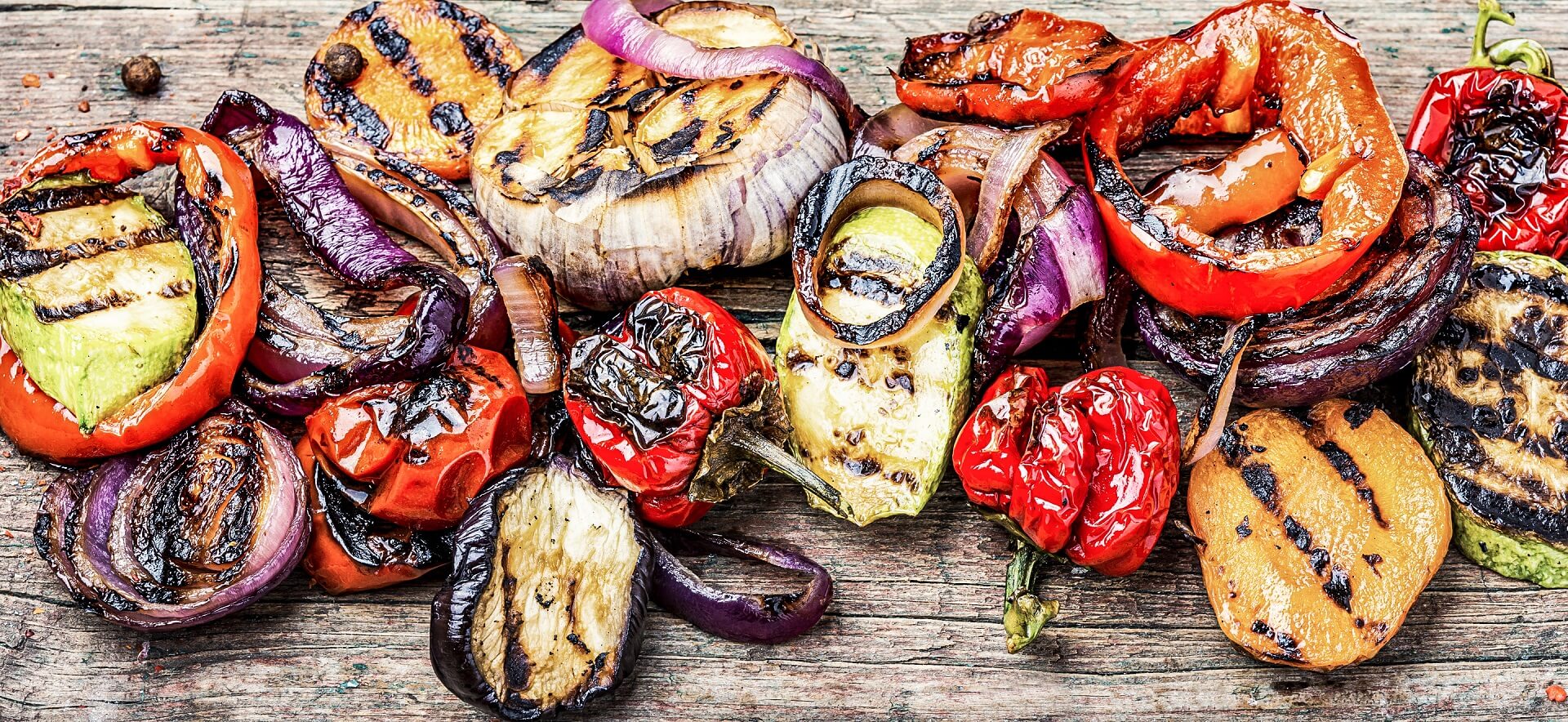
Image: AdobeStock | nikolaydonetsk
Restauranteurs should also consider buying ‘imperfect’ produce, such as so-called ‘ugly’ vegetables, to reduce food waste. “We need to accept that it is more about flavor than about look,” adds Leuschner.
8) Set some goals – and stick to them
Using this list as inspiration, determine what your business’ sustainability goals are. You might want to consult a checklist, such as one drawn up by the US and Canada’s Green Restaurant Association, or a foodservice consultant. “Create a guide for decisions moving forward, because it only counts if you follow through,” advises Schroeder. “Schedule audits to confirm that your operations are living up to the commitments, then revise your goals and commitments as needed. Truly, customers are looking for transparency and good food, and sustainability is important for both.”


